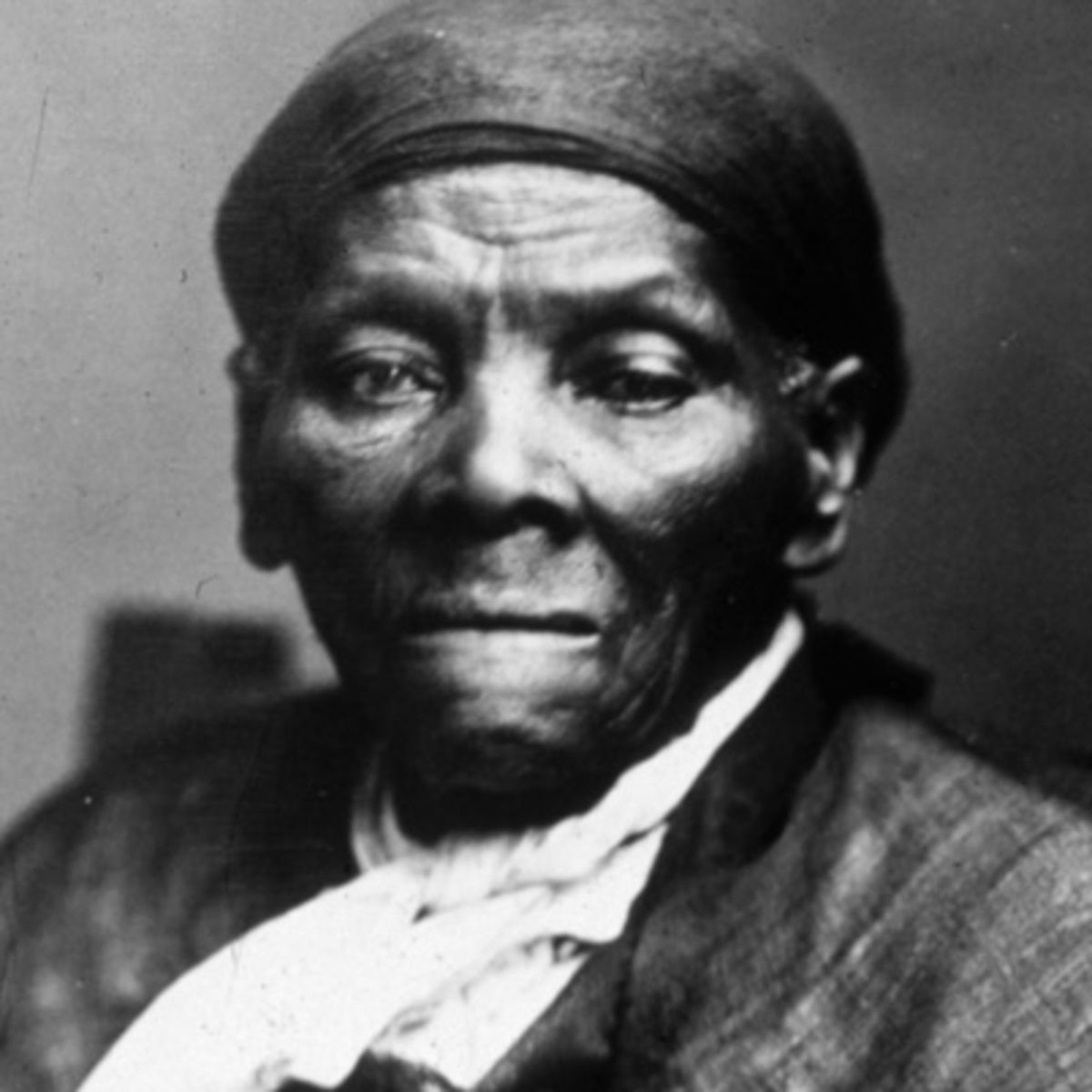by Ryan Wilson
Earlier this week, the U.S. Treasury Department announced plans to replace the image on the $20 bill of former genocidal maniac (and president), Andrew Jackson, with a portrait of Harriet Tubman. It was initially widely believed that Tubman would be completely replacing Jackson on the bill. It was later announced that Harriet Tubman, the legendary abolitionist, suffragist, and activist, would not have the bill all to herself, but would in fact be sharing the $20 with the slave-owning, genocidal, temperamental president.
There are levels to this.
America has a long history of turning Black bodies into cash. Over several centuries, millions of Africans found themselves stuffed into unsanitary and dehumanizing slave castles and factories for weeks to months on end. Chained, collared, and stacked together, many more of the enslaved would die during the trip across the Atlantic, their bodies tossed unceremoniously into the sea. Upon finally arriving at their destination in either the U.S., Caribbean, South America, or Europe, the enslaved would be traded or sold for cotton, gold, tobacco, sugar, rum or any number of goods.
Black women in particular have always been vitally important to the creation of American wealth. The condition of the child always followed the mother, so the Black woman’s body was forced to become a tool to reproduce slavery. Every birth produced new property to grow the American economy. Every child became profit. Before her children were separated from her and sold away, it would not have been difficult for a Black woman to see her own face on a dollar bill.
Harriet Tubman’s entire life was dedicated to fighting the effects of American capitalism. She was born property, and was forced to work and produce profit for her enslavers from a young age. In 1849, Tubman made her first attempt to escape her condition after she grew ill and discovered she was to be sold. For over a decade, Harriet Tubman would make more journeys back down South to rescue her family and dozens of other slaves from the fate of spending lifetimes as commodities and currency.
In addition to being one of history’s most active abolitionist, Harriet Tubman was also a lifetime suffragist and activist. She spent her years advocating and fundraising for women’s suffrage, the disabled, the elderly, and the poor. Unfortunately, her constant fight for the rights and welfare of America’s most marginalized left her plagued by debt and financial troubles. Constantly working for the betterment of the conditions of Black people while simultaneously caring for those in need under her own roof left her impoverished throughout most of her life. Harriet Tubman died poor, plagued by the racist capitalistic system that had tried to consume her since her birth.
Harriet Tubman spent a lifetime defying the dollar that aimed to define and devour her. Whether American capitalism aimed to own her through slavery or debt, Tubman stood against it at every turn. Now, we have decided that a fitting way to honor Tubman’s legacy and celebrate America’s “progress” is to place her image on the symbol of the system that hunted her, and turn a former slave back into cash.
This “honor” is as paper-thin as the material it’s printed on. We’ve put a Black woman on our currency, but the race and gender wage gap remains. If Harriet Tubman were alive today, on average she would be paid 64 percent of what her white male counterparts make. That means for every Tubman a white male pocketed, Harriet would take home about $12.80. Black women continue to be the most affected by the recent recession, yet are the demographic seeing the least recovery, with no improvement in unemployment reported by the National Women’s Law Center in 2014. Despite the fact that Black women lead in college enrollment over all other demographics, and Black women often display clear executive ambitions, they continue to be overrepresented in the 10 largest low-wage occupations in the U.S. such as waiters, childcare workers, and food preparation workers.
Black women continue to provide the services necessary to the functioning of our schools, universities, businesses, and governments. All the while they continue to remain acutely at risk of state, domestic, and sexual violence. Black women continue to have high risk for health complications. Even over a century after Harriet Tubman died in poverty, many Black woman continue to be made vulnerable in their old age. Lifetimes of being overworked and underpaid result in “37 percent of black women over the age 65 [being] in households that rely on Social Security for 90 percent or more of their income. This is compared to 29 percent of white women.”
Harriet Tubman’s biography, Bound for the Promised Land, tells an anecdote of how in 1897, Tubman was invited by white activists to several receptions in Boston being held in her honor. Harriet Tubman, unable to afford a train ticket, was forced to sell a cow in order to attend.
The new $20 bill is a facade of inclusion. It aims to be an invitation to Black people, and Black women in particular, of acceptance into the American economy and American capitalism; but how do you invite someone to share a meal when the table is set on their own back? On one side of the bill will sit Harriet Tubman, her image representing the ideals of diversity and inclusion. On the underside will remain Andrew Jackson, representing the racist power structures that persist to the present day. The new bill only highlights how little things have changed. From slavery to segregation to private prisons to predatory lending, Black bodies have always been seen as currency. The difference between 3/5 and 64 percent does not leave much room for celebration.



